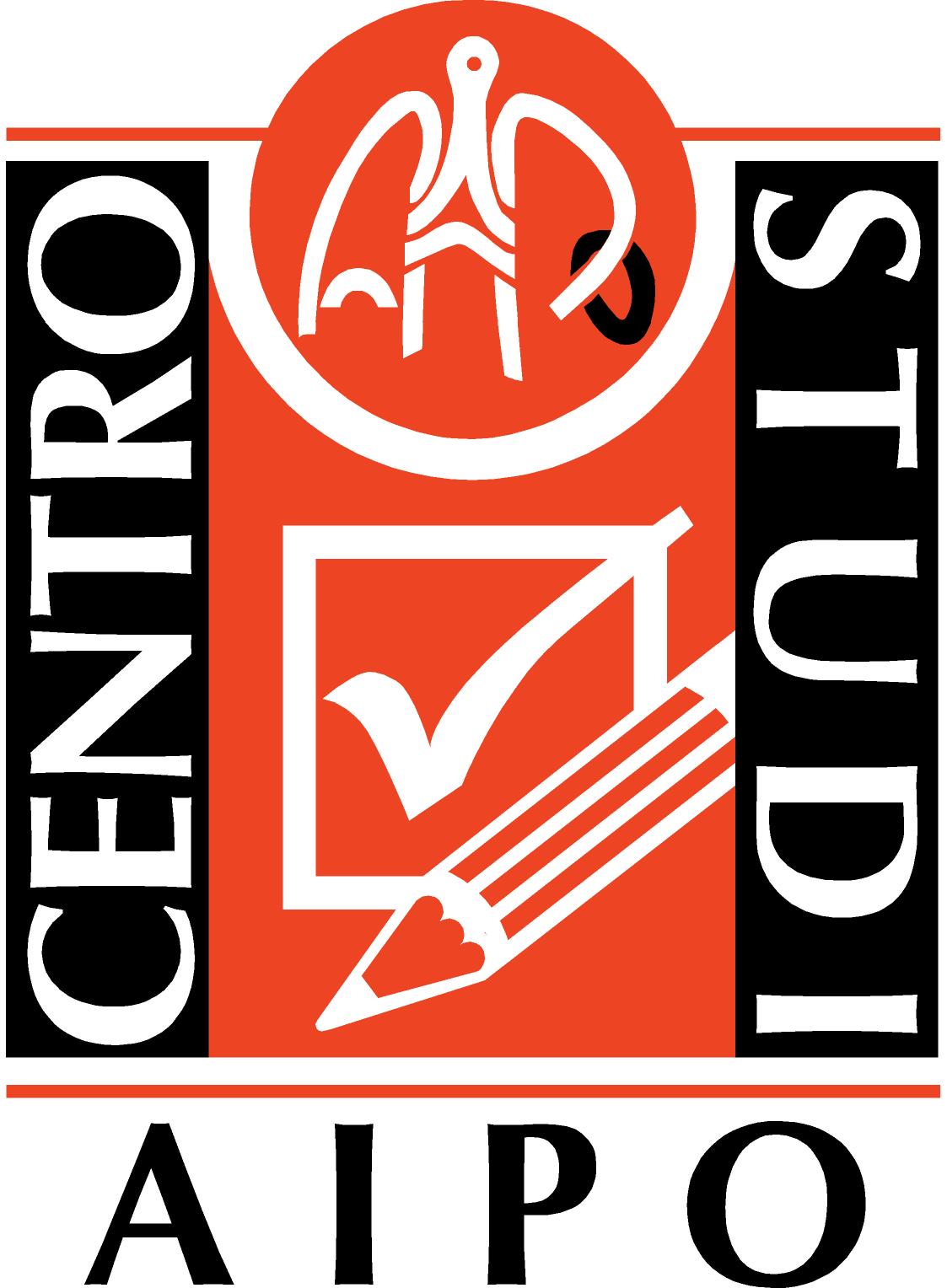OBSERVATIONAL STUDY
Asthma is a chronic heterogeneous respiratory obstructive disease characterized by different phenotypes and clinical outcomes. Although asthma affects the population of several countries, it is often underdiagnosed and not properly treated. The result is a severe respiratory obstructive crisis with a greater risk of near fatal asthma and mortality. Recent ISTAT data estimates that in Italy the overall incidence is 500 people per year. The number of deaths due to asthma are derived from an imprecise and inappropriate therapeutic management, especially among children.
On the other hand, it is known that in Italy approximately 50% of patients with persistent asthma assume inappropriate treatment in terms of suboptimal adherence to prescribed medication, principally anti-inflammatory drugs, or assume a monotherapy of long-acting β2-agonist (LABA) bronchodilator inhalers.
Recently, both asthma prevalence and seriousness can be deemed a significant public health and economic problem. Patients suffering severe asthma are accountable for most of medical costs.
In fact, severe uncontrolled asthma is related to continuous pharmacological treatments (steroids/ monoclonal antibodies) and periodic medical visits.
Improving characterization of clinical phenotypes and follow-up of obstructive crisis could be a useful concept to identify biological processes and face up this problem.
The collection of severe asthma cases by Italian Allergy and Pulmonology Units, is a step forward in the identification of risks factors and clinical phenotypes (by skin prick test/RAST, eosinophils count, FENO, etc). Moreover, it gives the opportunity to follow-up asthma phenotypes not responsive to the standard therapy, contributing to more targeted design of future clinical studies.

